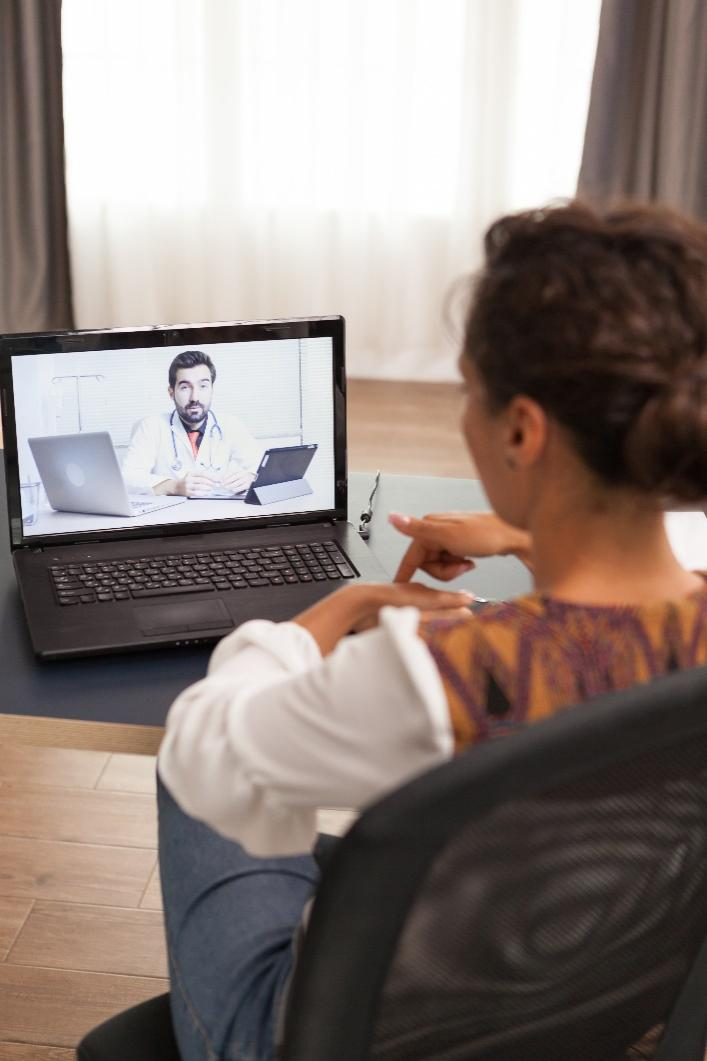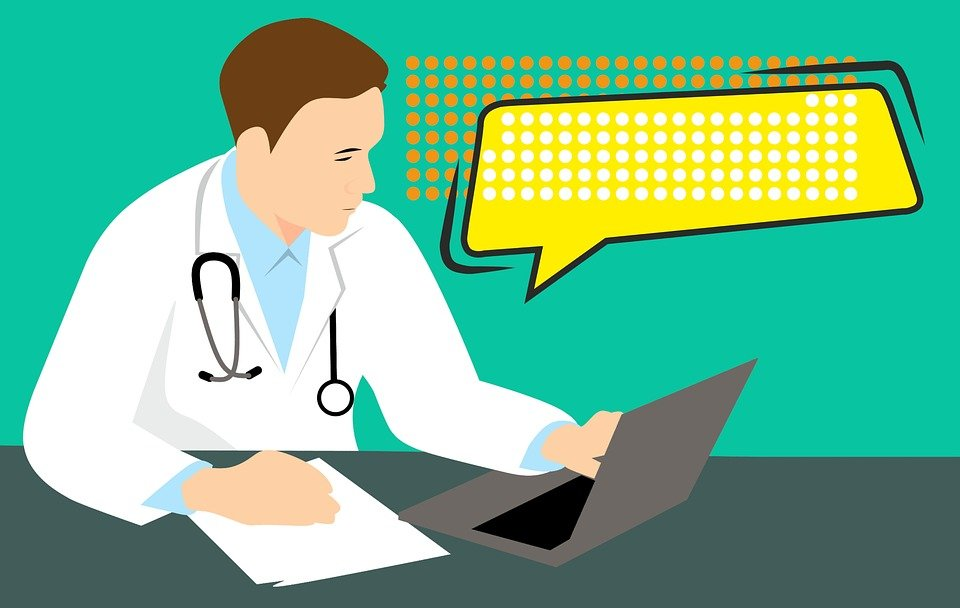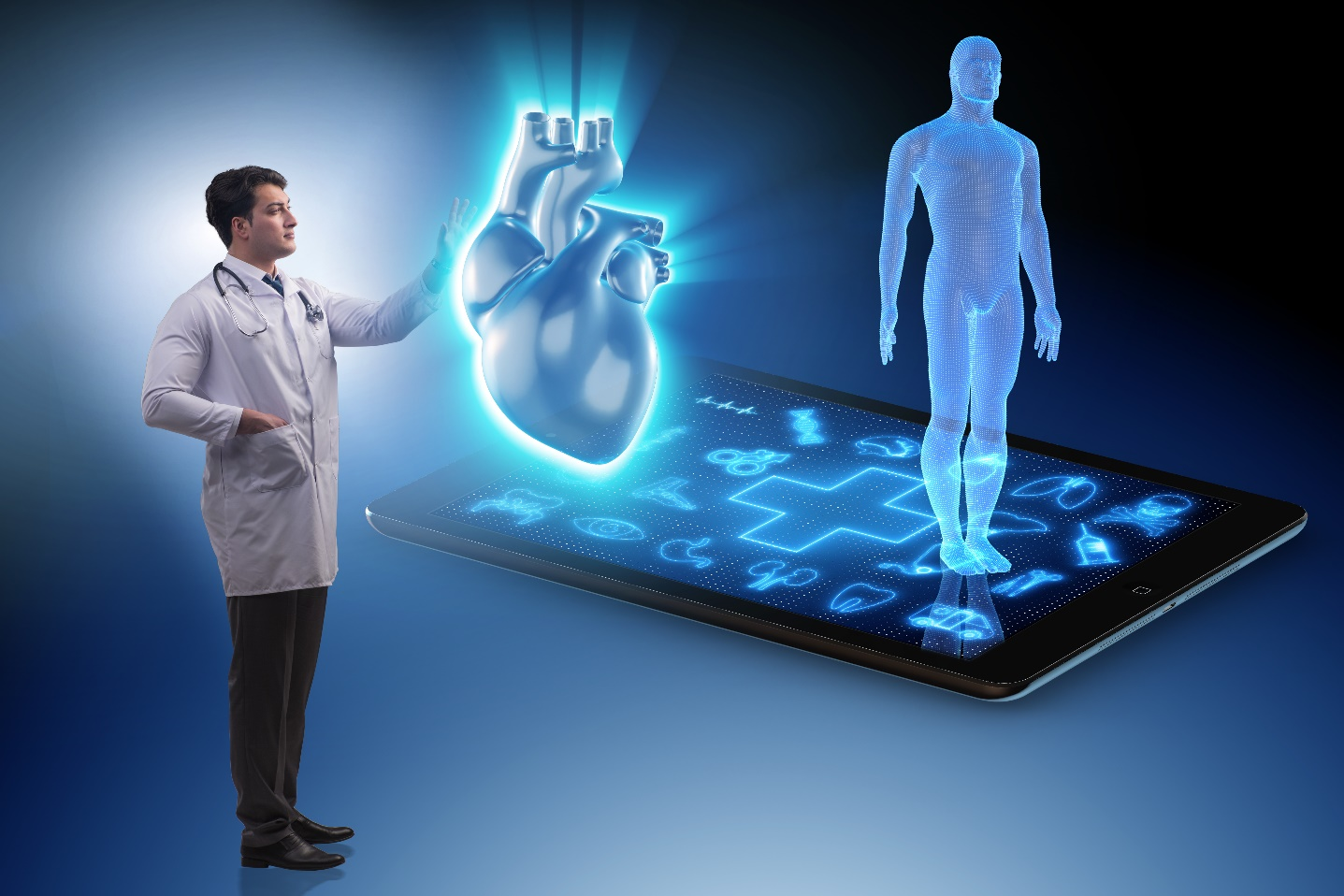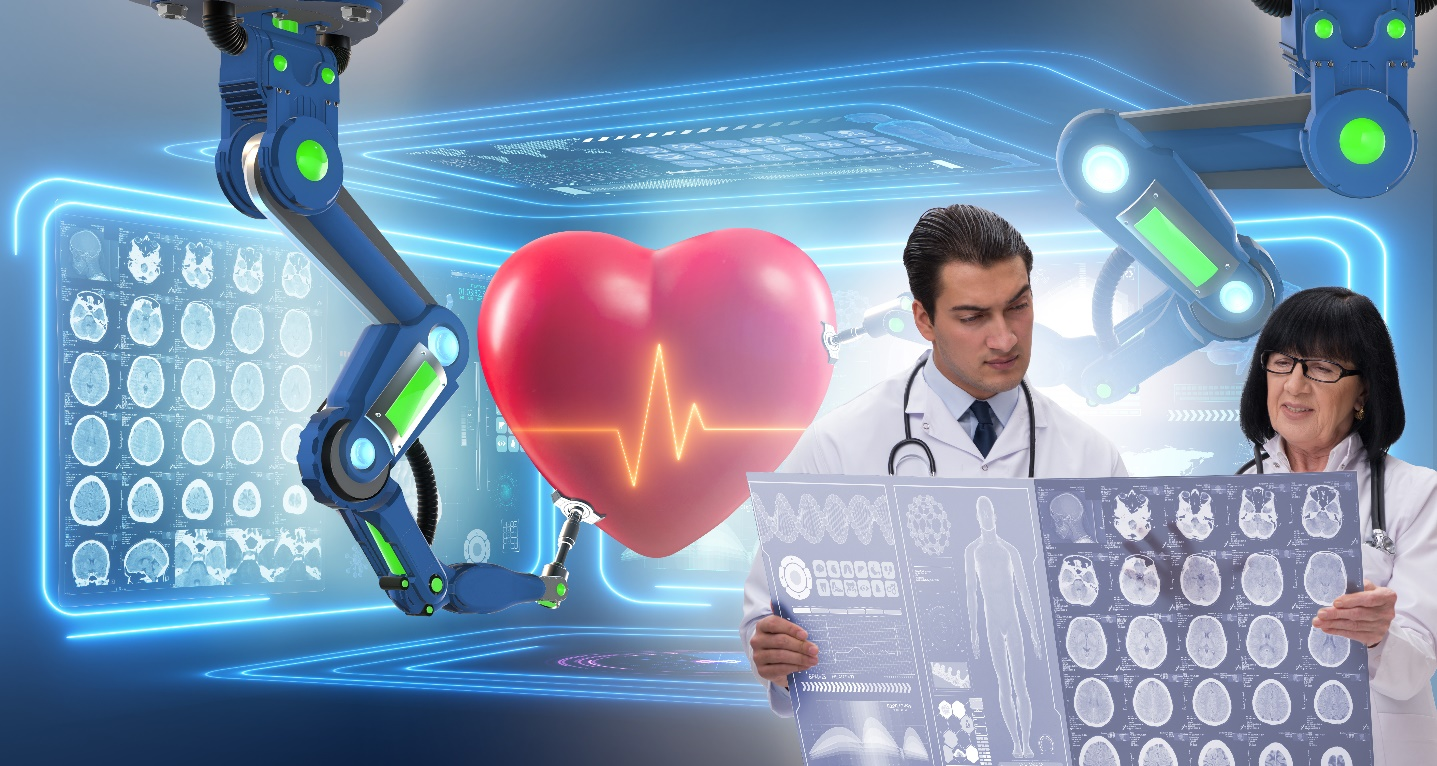The Role of Telemedicine During the Pandemic: A Closer Look

The World Health Organization declared COVID-19 a pandemic on 11th March 2020. It drastically changed the way medicine was practiced. Within a few weeks, social distancing and quarantining became a norm, and in-person visits to the doctor’s office plummeted, giving rise to telemedicine services.
Viral Outbreak and Viral Uptake
After the virus breakout, Americans started avoiding all types of healthcare services because they feared the virus. According to a study, there was a 42% decrease in emergency department visits from April 2019 to April 2020. Mayo Clinic – a multisite integrated healthcare service that attends 1.2 million patients every year – saw a 78% reduction in in-person visits from March to April 2020. During the same period, Mayo Clinic’s telehealth service saw a staggering increase of 10,880%.
Different Forms and Uses of Telemedicine
Telemedicine falls under two categories – asynchronous and synchronous.
Synchronous
- This type of telemedicine service is performed in real-time, like a video chat between a doctor and a patient. It can also take place between providers, like an ED specialist who consults a heart expert to develop a viable treatment.
- Asynchronous
It comprises of the store and forwards technology like online portals allowing provider-to-provider and patient-to-provider communications. It also contains chatbots and remote monitoring services like implantable and wearable devices.

Advantages of Telemedicine
When compared to a regular face-to-face doctor’s visit, telemedicine offers a plethora of different advantages.
- Telemedicine makes healthcare accessible to people who can’t visit a doctor because of distance or disability. This removal of distance acts as a significant advantage for high-risk populations, like seniors and people with chronic health conditions.
- Telemedicine offers convenience. A study concluded that people spend 2 hours at a doctor’s office, of which one hour and forty minutes are spent waiting.
- Patients feel less stressed and at home when they meet with a medical professional through a video chat. A survey of Medicare Advantage in May 2020 found that out of people who used telemedicine services during the pandemic, 91% of them had a good experience, and 78% would use it again.
- Cost is another critical benefit of telemedicine service. A survey found out that 93% of the people who availed telemedicine services reported lower costs. It’s because a telemedicine appointment doesn’t require you to get lab tests done that saves money.
- Telemedicine offers impeccable confidentially for people who may not want to be seen by others in a clinical visit. A video call with a doctor can also help them get information and cues that they otherwise won’t get. For instance, doctors can see the living environment of a patient and pick on cues about their health condition. Moreover, a patient can grab their medical records and prescriptions if they don’t remember anything.

Changing the Rules
There have been a lot of regulatory changes with regards to telemedicine in the US during the pandemic. One major policy change that’s effective over the duration of the pandemic is the healthcare services that were in compliance with the Health Insurance Portability and Accountability Act of 1996 (HIPAA) can use video chat services that aren’t HIPAA compliant – like Zoom, Skype, and FaceTime – provide remote healthcare services.
Tele-technology
While the only limitation is the lack of a hands-on approach to healthcare, there’s an advanced technology overcoming this. Some applications can perform imaging of the mouth, ear, and skin, make recordings of lungs and heart and quickly detect the body’s temperature. A physician can receive all this information through the application in real-time.
Remote blood pressure monitoring devices can send measurements over Bluetooth and Wi-Fi. Apple watches can easily measure heart rate, and its advanced models can conduct EKG. Along with this, there are different professional devices like digital scores that can provide high-quality sounds or images from different body parts, and PINS Bluetooth deep-brain stimulator can detect brain signals and send electrical impulses to ward off abnormal nerve signals.

Artificial intelligence is another type of technology that taking telemedicine to another level. For instance, AI has been used to predict chronic obstructive pulmonary disease (COPD) remotely. New technology uses deepfake and AI to swap faces to de-identify patients but still preserve their facial aspects like movement providing accurate medical information. This technology plays a role in protecting a patient’s identity. It helps patients and doctors consent to sharing their recorded videos as a form of important, research-worthy data. This technology has currently been used to gather large datasets with videos of patients with Parkinson’s disease.
Decreasing the Digital Divide
The US's structural inequities have come under the limelight during the COVID-19 pandemic, especially with respect to the US healthcare system. A prime example of this is the digital divide. It refers to low rates of broadband and technology adoption among ethnic and racial minorities, older adults, and people who belong to a lower socioeconomic class.

To better make sense of telemedicine's reach and who’s getting excluded in the process, a study looked at around 3,000 patients of cardiology who were supposed to visit a doctor for a virtual appointment from March to April 2020. The study results showed that 54% of those patients either didn’t show up or canceled their appointment. The main reason for this significant number of absences was that these people didn’t speak the English language. The study concluded that people who don’t speak English are 50% less likely to avail telemedicine service than people who can speak the language.
As a response to this study, many telehealth researchers have added language translation services into their platform to maximize the outreach of the service.
TelMDCare – Ideal for Doctor’s Appointment During The Pandemic
TelMDCare is a virtual healthcare platform that provides telemedicine services. Patients can book online chat with doctor and get their prescriptions renewed online as well. We provide virtual doctor’s appointments for backpain, depression, anxiety, pink eye, skin rash, sinus infection, strep throat, UTI, and more. Contact us to schedule an appointment.